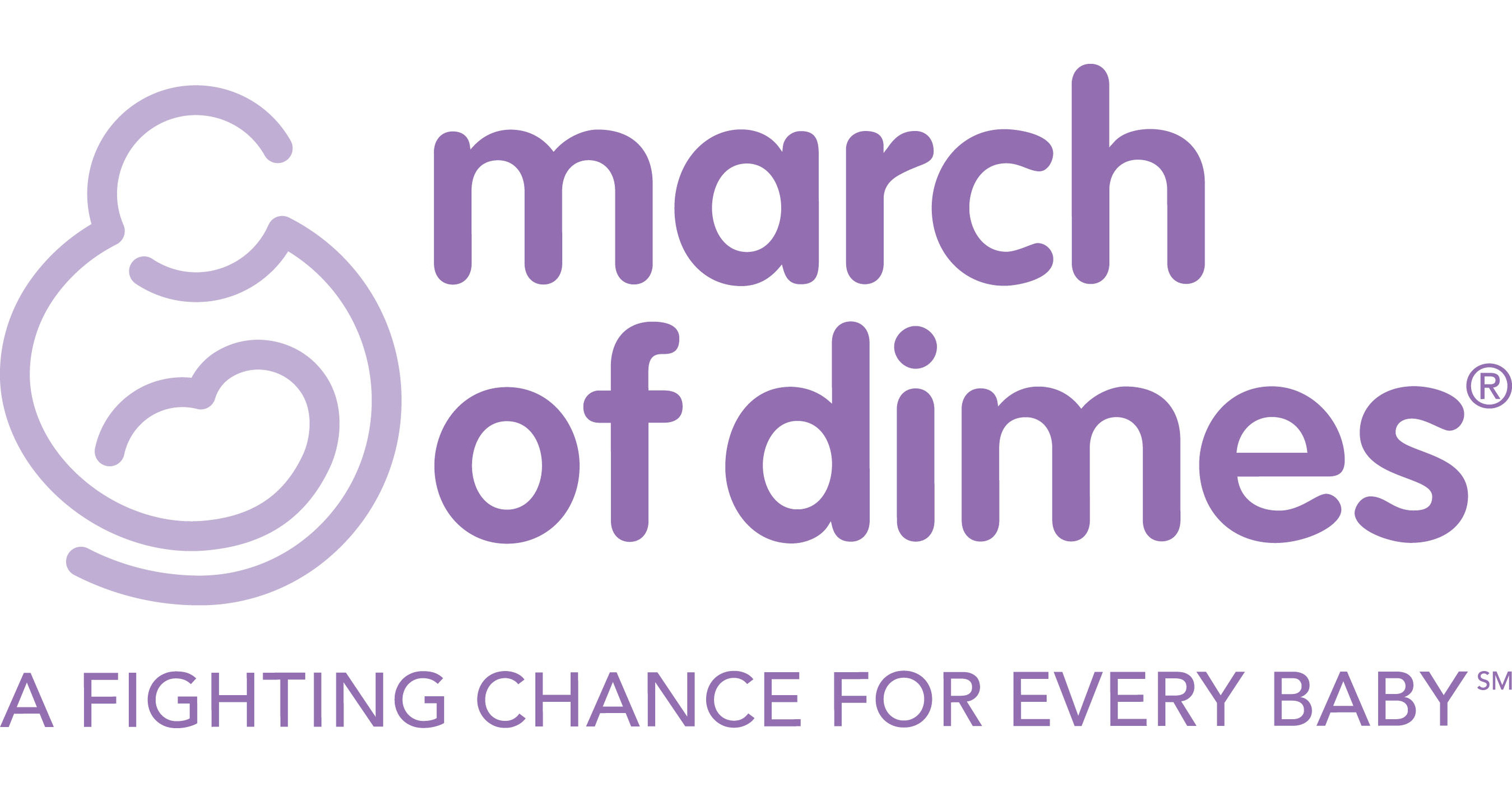Posted on January
30, 2024
Death Before Disability
About those women's health exceptions
by
Daniel
Clark
When the Partial-Birth Abortion Ban Act was first proposed
in 1995, pro-abortion witnesses before Congress repeated the slogan "these are
not perfect Gerber babies." In fact, the
executive director of the National Coalition of Abortion Providers acknowledged
that the procedure was "primarily done on healthy women of healthy fetuses,"
but let's put that aside for the moment.
The point is that an orchestrated campaign had been put into motion to
justify the killing of children on the basis that they were presumably
handicapped.
 In
that particular instance, the contention that certain human lives are not worth
living did not succeed in swaying public opinion. The ban was passed twice in the 1990s, only
to be vetoed both times by Bill Clinton, before being passed a third time and
signed into law by George W. Bush in 2003.
A more subtle form of this same argument is being made with far greater
political success today, by disguising it as a women's health issue.
In
that particular instance, the contention that certain human lives are not worth
living did not succeed in swaying public opinion. The ban was passed twice in the 1990s, only
to be vetoed both times by Bill Clinton, before being passed a third time and
signed into law by George W. Bush in 2003.
A more subtle form of this same argument is being made with far greater
political success today, by disguising it as a women's health issue.
This past December, the national media took up the
cause of a Texas woman named Kate Cox, who sued in order to be allowed an
exception to that state's anti-abortion law.
Good Morning America reported that Cox's life had been endangered
by continuing to carry her child, who had been diagnosed with a chromosomal
disorder called Trisomy 18. Had this
been true, the Texas law would have allowed the abortion, as it does in any
case in which a pregnancy places the mother "at risk of death or poses a
serious risk of substantial impairment of a major bodily function." Neither Cox nor her activist doctor, Damla
Karsan, argued that her situation fit this description.
Indeed, it is difficult to imagine how a dismemberment
abortion after 20 weeks can possibly be a safe, let alone therapeutic,
procedure for a woman to undergo. It
only makes sense with the realization that the affliction was not hers, but her
child's. Most children born with Trisomy
18 don't live longer than a year after birth, but those who do are likely to
have congenital heart defects, respiratory illnesses and underdeveloped
cognitive abilities, among other maladies.
Of course no prospective parent wants to sign up for that, but it does
not make the baby's killing a medical necessity for the mother.
An ABC News Special Report by Diane Sawyer and Rachel
Scott, part of which was presented on GMA as an addendum to Cox's story,
warned of the "hidden crisis" of women
who were endangered by anti-abortion laws that had been passed since the repeal
of Roe v. Wade. The two reporters
"found" 18 women from around the country who were willing to participate in the
segment, although they did not explain how they happened to come in contact
with them.
As far as one could tell from the unexamined anecdotal
evidence, a few of the women might have been in life-threatening situations
that should have qualified for exceptions under their state laws, but the point
of the segment was not that there are ambiguities in or misunderstandings about
the various laws that need to be rectified.
It was instead that abortion must remain legal in every situation
imaginable, but especially in those that involve real or potential fetal
abnormalities.
In each case, the supposed necessity of an abortion
was impressed upon the viewers by emphasizing that all of these women and their
husbands wanted their children. The
unspoken part was, until they learned that those children were disabled. In the second installment of the three-part
series, Sawyer and Scott lamented that, "Texas' abortion bans do not have
exceptions for fatal fetal anomalies."
Why is that so important, if women's health was supposed to be the
overriding issue? And why is it that
every one of these supposedly necessary abortions involves the killing of a
disabled child?
 If
you have been following the issue, you have surely noticed that almost every
news story about a legal challenge to an anti-abortion law is justified by a
disability to the unborn child. In
almost every case, these fetal deformities are mischaracterized as maternal
health issues. Even when President
Clinton issued his first veto in defense of partial-birth abortion, absurdly
warning that the prohibition would "tear women to shreds," the health concerns
of the five women he presented at the ceremony were that they had all been
carrying handicapped children.
If
you have been following the issue, you have surely noticed that almost every
news story about a legal challenge to an anti-abortion law is justified by a
disability to the unborn child. In
almost every case, these fetal deformities are mischaracterized as maternal
health issues. Even when President
Clinton issued his first veto in defense of partial-birth abortion, absurdly
warning that the prohibition would "tear women to shreds," the health concerns
of the five women he presented at the ceremony were that they had all been
carrying handicapped children.
Insofar as there is any logic to the pro-abortion
argument, if you start from the premise that "the right of a woman to do what
she wants with her own body" translates into the destruction of a body that
belongs to an entirely different person, then it follows that a physical or
mental handicap belonging to that second person is really an injury to the
woman. That might seem like a persuasive
argument to the dedicated pro-abortion activist who consciously rejected the
concept of truth long ago, but why do so many outwardly normal people appear
willing to buy into it? Perhaps they are
following in the footsteps of the March of Dimes.
Originally entitled the National Foundation for
Infantile Paralysis, the nonprofit was dedicated to developing a vaccine for
polio. Once that had been accomplished,
the foundation morphed into one of the most frightening things imaginable, an
organization in search of a cause.
Having settled on the mission of preventing birth defects, the March of
Dimes involves itself in lots of constructive initiatives, such as studying the
causes of premature births, combating maternal substance abuse, and educating
the public on the importance of folic acid in preventing neural tube defects
like spina bifida. When it does not
succeed in preventing a birth defect by preventing the defect, however, the
March of Dimes will accomplish its goal by preventing the birth instead.
Although the organization vehemently denies that it
advocates abortion, there is no other conclusion to draw from its promotion of
amniocentesis, an invasive diagnostic test that is commonly used to determine
whether an unborn child is at risk for chromosomal disorders like Down syndrome
(a.k.a., Trisomy 21). There is no cure
for Down syndrome, and no treatment that can begin until after the child has
been born. At the time an amniocentesis
is done, between 15 and 20 weeks, its only purposes are to frighten the mother,
and create the expectation that she do something about it. According to the most widely accepted
estimate, two thirds of all prenatal Down syndrome diagnoses in the United
States end in abortion.
 Rates
are even higher through much of Europe.
In 2017, CBS News aired a report on the fact that "few countries have
come as close to eradicating Down syndrome births as Iceland." Reporter Elaine Quijano interviewed a woman
named Helga Olafsdottir, a hospital "counselor" for women carrying babies with
chromosomal disorders. When Quijano told
her that some Americans view abortion as murder, Olafsdottir said, "We don't
look at abortion as murder. We look at
it as a thing we ended. We ended a
possible life that may have had a huge complication ... preventing suffering for
the child and the family. And I think
that's more right than seeing it as murder.
That's so black and white. Life
isn't black and white. Life is gray."
Rates
are even higher through much of Europe.
In 2017, CBS News aired a report on the fact that "few countries have
come as close to eradicating Down syndrome births as Iceland." Reporter Elaine Quijano interviewed a woman
named Helga Olafsdottir, a hospital "counselor" for women carrying babies with
chromosomal disorders. When Quijano told
her that some Americans view abortion as murder, Olafsdottir said, "We don't
look at abortion as murder. We look at
it as a thing we ended. We ended a
possible life that may have had a huge complication ... preventing suffering for
the child and the family. And I think
that's more right than seeing it as murder.
That's so black and white. Life
isn't black and white. Life is gray."
"A thing we ended."
To call that gray does not begin to describe the bleakness of it. Her job is to offer scared women relief from
the prospect of caring for burdensome children, while making that option
palatable by portraying it as an act of mercy.
It's little wonder Iceland has achieved a 99 percent death rate under
those circumstances, considering the corruptive influence of "counselors" like
her.
Just like everything else abortion advocates say,
Olafsdottir's claim that killing Down syndrome babies in the womb prevents them
from suffering is a lie. People with
Down syndrome are not known to lead painful and unhappy lives. It's just that they are not "planned and
wanted" children. They are not the
children their parents had expected and hoped for. Or as "women's health" advocates in this
country would say, "these are not perfect Gerber babies."
Must be nice to be perfect.
The Shinbone: The Frontier of the Free Press